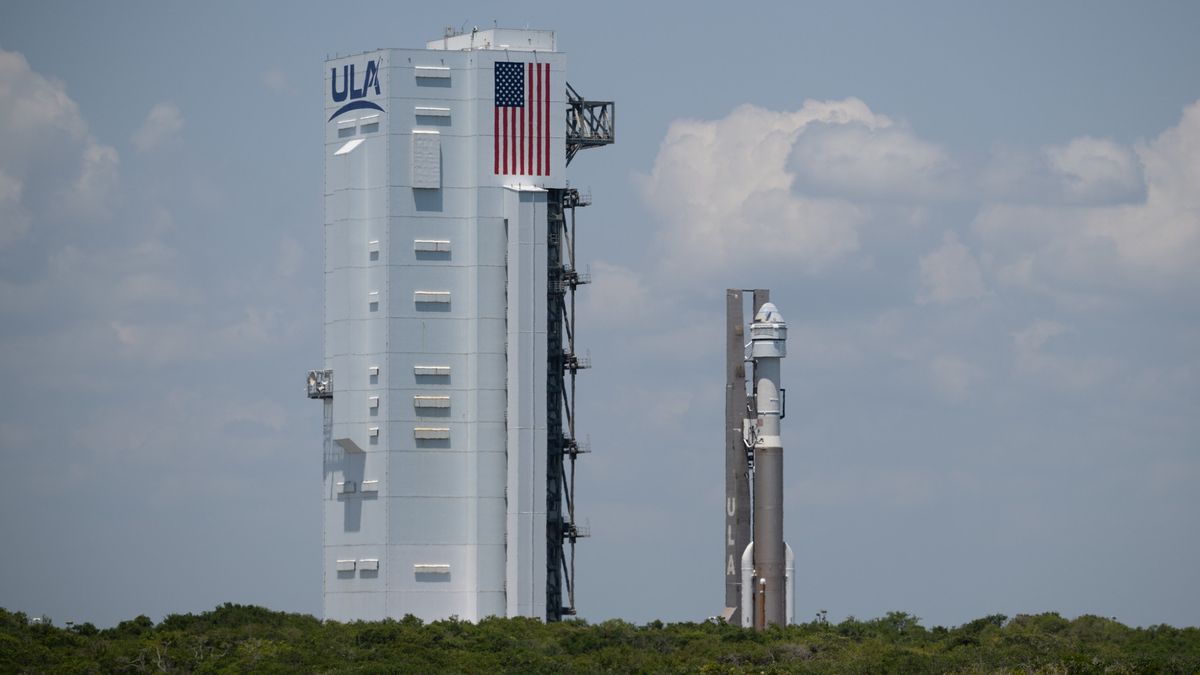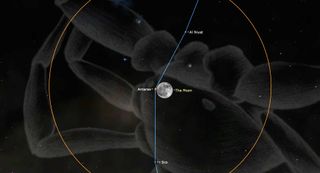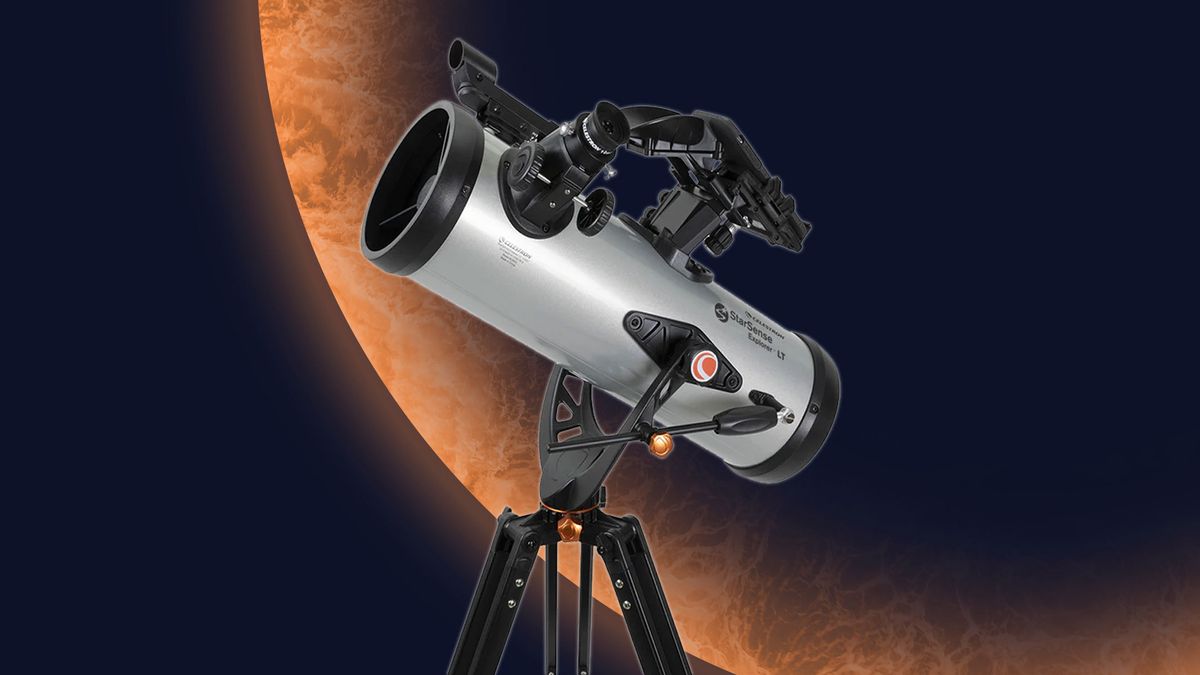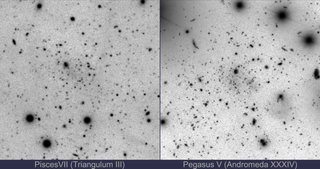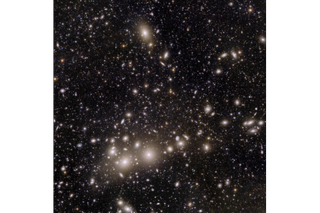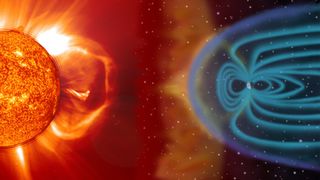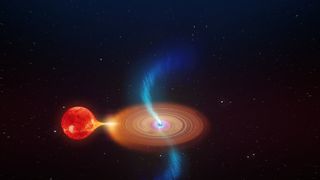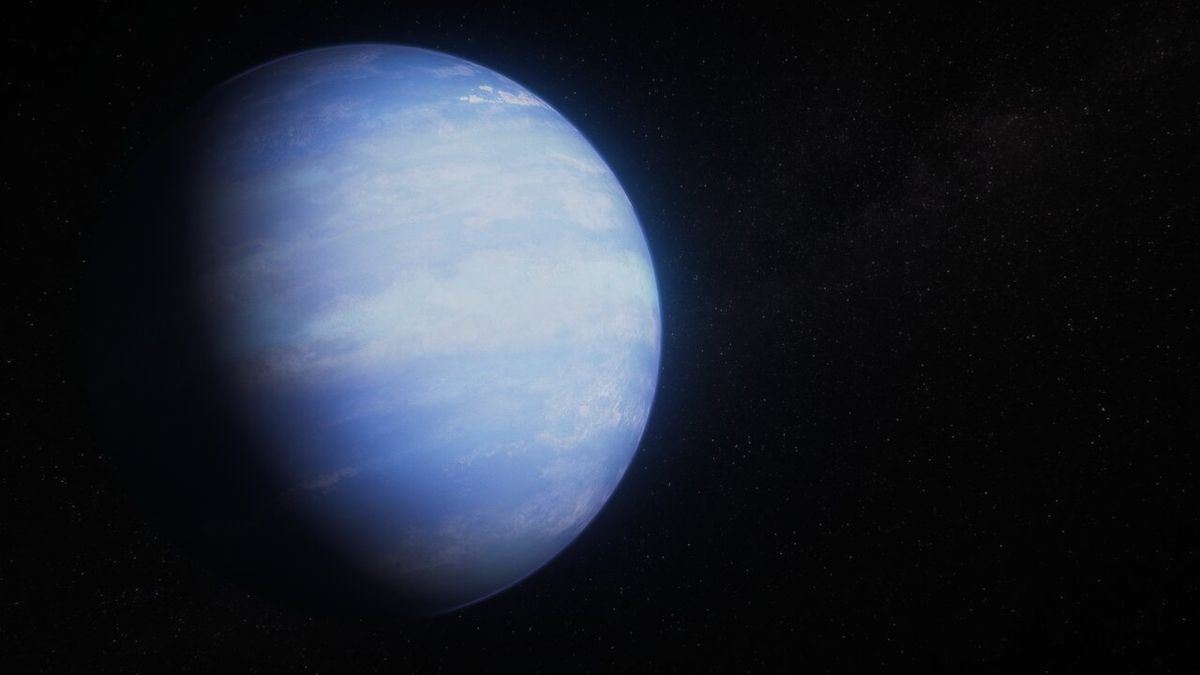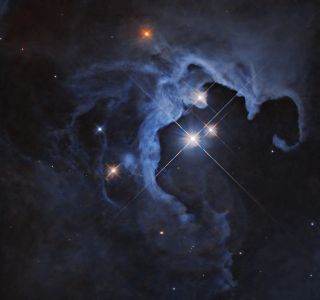Boeing is now targeting June 1 for the first crewed launch of its Starliner capsule, though that date is far from set in stone. The flight date for the mission, called Crew Flight Test (CFT), has been in considerable flux recently. It had been scheduled to lift off on May 6 atop a United Launch Alliance (ULA) Atlas V rocket from Cape Canaveral Space Force Station in Florida, but that try was called off about two hours before launch due to a misbehaving valve in the rocket’s upper stage. ULA…
Read MoreCategory: The Moon
Our moon
See May’s Full Flower Moon blossom in the night sky tonight
The full moon of May 2024 rides the Scorpion’s back across the night sky tonight. The Full Flower Moon will be in the Scorpius constellation tonight (May 23), rising in the southeast just after sunset. Because full moons occur when the sun and the moon are completely opposite one another in the sky, the moon will rise at sunset and set with the sunrise the following morning. Because of its location in the sky tonight, the Full Flower Moon makes for an excellent guide to help you learn the stars…
Read MoreTelescope deal: Celestron StarSense Explorer LT 114AZ now under $200
If you’re new to astronomy, getting the Celestron StarSense Explorer LT 114AZ telescope for under $200 could be ideal for you. It’s well-suited for beginners and this price point is cheaper than a lot of the best telescopes. Save $40 and get the Celestron StarSense Explorer LT 114AZ for under $200 on Amazon. Celestron is an industry leader when it comes to optics and this is apparent with this scope as it features a 114mm aperture with reflective coatings on the primary mirror. The telescope works in tandem with the…
Read MoreAmateur astronomer finds 5 fascinating new galaxies — and they’re now named after him
An amateur astronomer from Italy has discovered five new dwarf galaxies around a distant spiral galaxy — a spiral that’s one of the largest galaxies in the sky over Earth. His name is Giuseppe Donatiello, and those five dwarf galaxies are now named Donatiello V, Donatiello VI, Donatiello VII, Donatiello VIII, and Donatiello IX (Do V, Do VI, Do VII, Do VIII, and Do IX). “Out of eleven discoveries, nine galaxies bear my name. To my knowledge, I am the first and only amateur astronomer to have galaxies named after them,”…
Read MoreSolar eclipse 2024: Live updates
Refresh 2024-05-22T10:41:06.780Z It’s not too early to plan your trip for the ‘eclipse of the century’ in 2027 Karnak Temple, Luxor, Egypt is just one of the iconic locations the total solar eclipse on Aug. 2, 2027 will be visible from. (Image credit: TONNAJA via Getty Images) An eclipse of epic proportions will occur on Aug. 2, 2027 across North Africa it will be the longest totality on land since 1991 and until 2114. Visible across southern Spain, northern Morocco, northern Algeria, northern Tunisia, northeast Libya, central Egypt, the northeastern…
Read MoreEuclid ‘dark universe’ telescope team will unveil new full-color images on May 23: How to watch live
The European Space Agency (ESA) will release five new images from the Euclid space telescope on Thursday (May 23). And, well, if the previous set of pictures is anything to go by — space fans should be in for an absolute treat. “Five new portraits of our cosmos were captured during Euclid’s early observations phase, each revealing amazing new science,” ESA officials said in a statement. “Euclid’s ability to unravel the secrets of the cosmos is something you will not want to miss.” The new images will be revealed at…
Read MoreSpace mysteries: Do all planets have magnetic fields?
One of Earth’s defining features is its magnetic field. It forms a protective shield against high-energy particles ejected by the Sun and thus arguably has provided life with a safer place to grow into the complex array of organisms we see today. The most stunning indications of Earth’s magnetic field are auroras, dancing curtains of colorful light that appear near the North and South poles during times of high solar activity. Another sign that Earth has a magnetic field is that a compass points north wherever you are on the…
Read MoreRight again, Einstein! Scientists find where matter ‘waterfalls’ into black holes
Scientists have confirmed, for the first time, that the very fabric of spacetime takes a “final plunge” at the edge of a black hole. The observation of this plunging region around black holes was made by astrophysicists at Oxford University Physics, and helps validate a key prediction of Albert Einstein’s 1915 theory of gravity: general relativity. The Oxford team made the discovery while focusing on regions surrounding stellar-mass black holes in binaries with companion stars located relatively close to Earth. The researchers utilized X-ray data collected from a range of…
Read MoreThe James Webb Space Telescope may have solved a puffy planet mystery. Here’s how
A surprisingly low reservoir of methane may explain how a planet around a nearby star grew weirdly puffy, according to new observations from the James Webb Space Telescope (JWST(. The finding shows that planetary atmospheres can inflate to remarkable amounts without employing esoteric theories of planet formation, astronomers say. “The Webb data tells us that planets like WASP-107 b didn’t have to form in some odd way with a super small core and a huge gassy envelope,” Michael Line, an extrasolar planetologist at Arizona State University, said in a statement.…
Read MoreEnchanting new Hubble Telescope image reveals an infant star’s sparkle
Have you ever wondered what our sun looked like when it was young? Although we know the sun to be an unchanging, and even predictable source, of light in our skies, its youthful version some 4.6 billion years ago was quite active. During those formative years, our star spewed solar flares every week or so, despite shining only about a third as bright as it does now. Scientists also suspect that even though the early sun exhibited a dim stature, it kept the then-young Earth warm enough for life to…
Read More